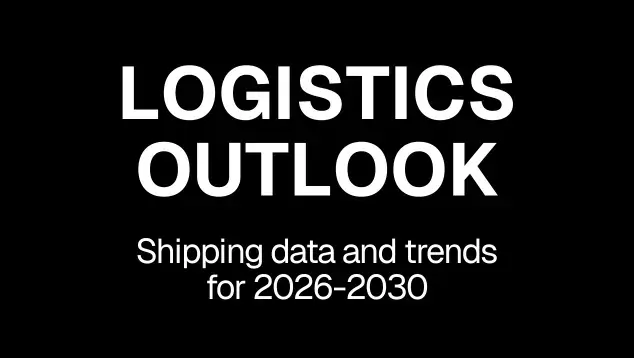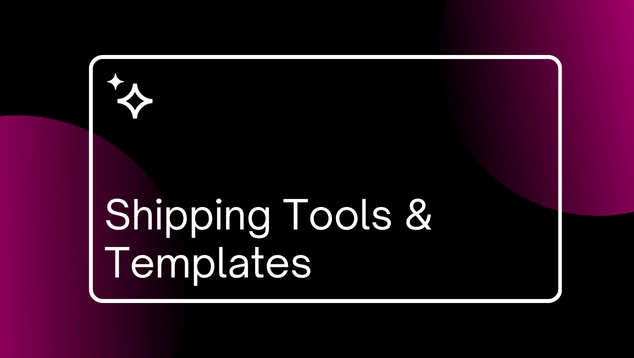Pick Up and Drop Off (PUDO): all you need to know
The pick up and drop off service is a method of collecting and delivering shipments to a specific address that companies can offer their customers.
The aim is to meet all possible customer needs, addressing their requirements related to receiving goods and making the shipping service as efficient as possible.
Corporate logistics management can, to some extent, determine a brand’s success, and for this reason offering different types of shipping should become a priority for anyone managing an ecommerce business.
From a logistics optimisation perspective, offering pick-up and drop-off points can be that additional service that makes a company more competitive on the market, while also providing alternative shipping solutions.
Let’s take a look at how this service works, what the benefits are, and how to implement it in your business.
Pick Up and Drop Off: what PUDO is and how it works
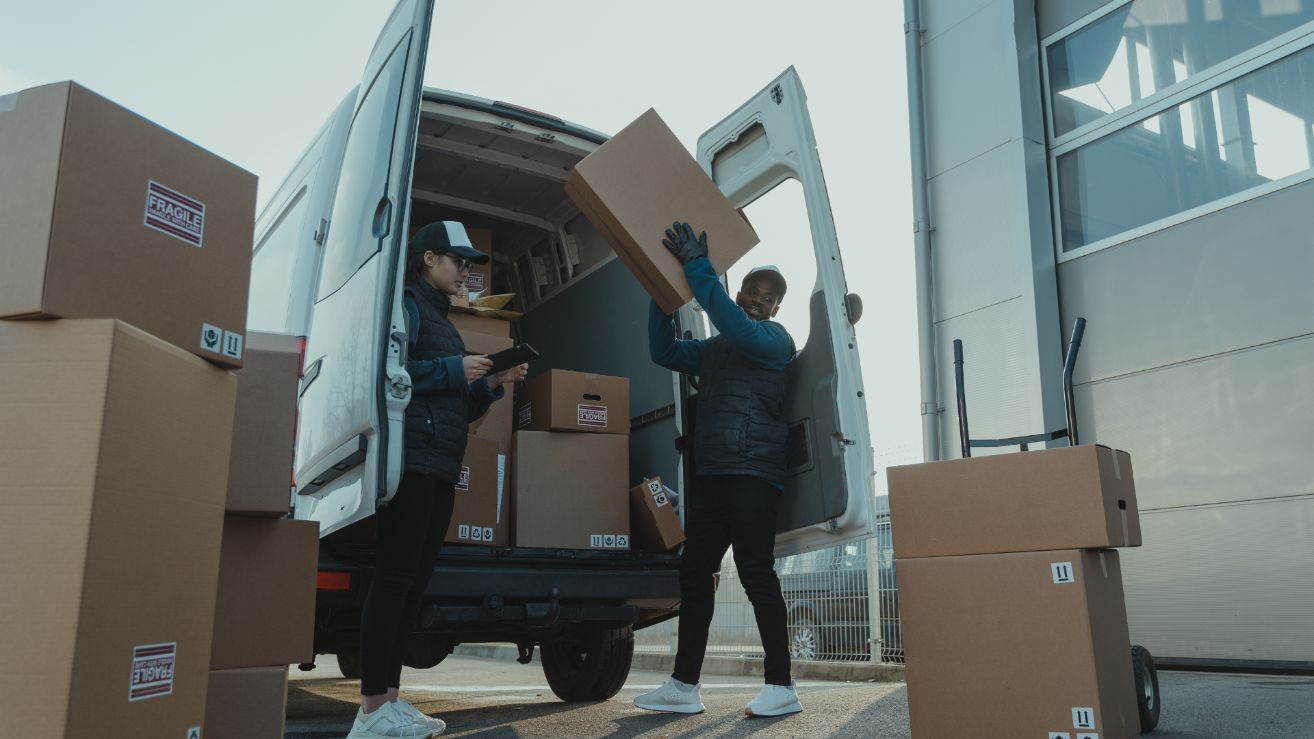
Pick Up and Drop Off (PUDO) is a shipping method that allows customers to avoid waiting at home or at the office for the courier to collect or deliver goods.
In practice, it is a more flexible shipping option for both the seller and the buyer, using pick-up and drop-off points to simplify shipments. Customers can choose the most convenient shipping method based on their needs.
Traditionally, an ecommerce business sending parcels has two options:
- wait for the courier to collect the parcels from its premises (office or warehouse);
- drop off the parcels at a designated delivery point indicated by the courier.
With this shipping method, the customer receiving the parcel can also choose whether to:
- wait for home delivery;
- collect it personally at a pick-up point.
With this shipping method, the company can choose to deliver the outgoing parcels directly to the location indicated by the courier.
Once the parcels have been deposited, the carrier collects them and proceeds with the shipment. Delivery may then take place at the customer’s home or at another designated point.
This allows the end customer to collect their parcel whenever it is most convenient. It is a very useful option for those who spend most of the day out or who do not have concierge services.
But how can a company take advantage of this service? First, it must find a courier that offers it.
A convenient solution is to use a platform like ShippyPro, which in just a few clicks allows you to compare hundreds of reliable couriers and select the features based on your shipping needs.
In this case, you simply need to apply the filter selecting only couriers offering pick up and drop off.
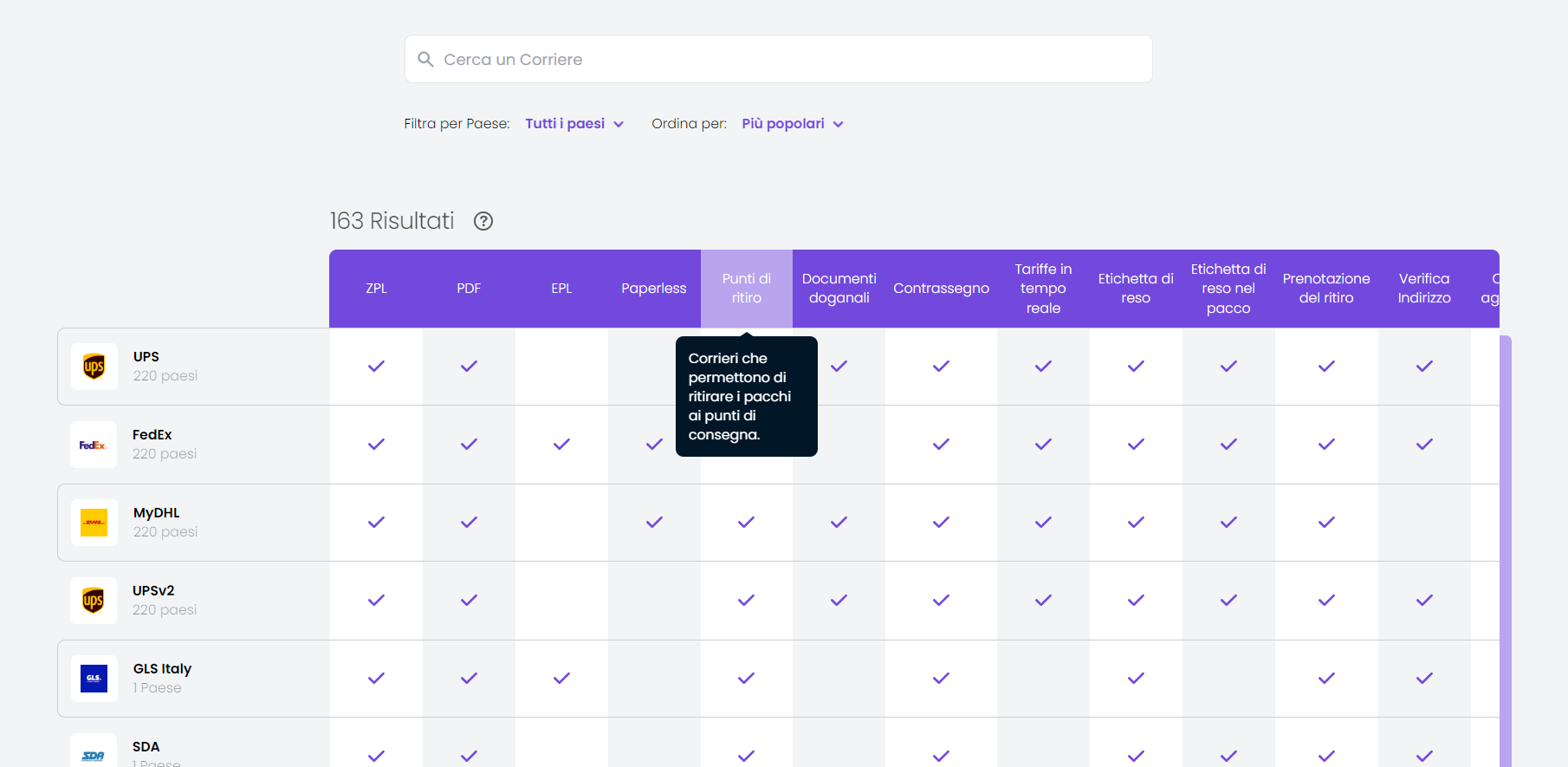
Pick-up points and drop-off points: what are they?
Pick-up and delivery logistics rely on various types of collection or sorting centres.
These may include different types of retail businesses spread across the country or internationally, depending on the shipment and the choice between domestic couriers or international ones, as well as collection centres belonging to the courier itself.
Retailers partnered with couriers make their premises available, facilitating collection and delivery operations.
Here are the most common pick-up and drop-off points:
- partner retailers such as post offices, bars, various shops, supermarkets, or service stations;
- lockers located in public places such as stations or shopping centres, where goods can be collected or deposited using an access code;
- specific pick-up points, where the courier may agree with the customer on a particular meeting point, such as a car park or another easily identifiable area;
- courier collection centres, local offices or branches where companies and customers can drop off or collect goods.
A real example of pick-up and drop-off points includes Amazon Lockers, automatic lockers, or Access Points (AP) for those who wish to ship with UPS using organised pick-up points.
Benefits of the Pick Up and Drop Off service
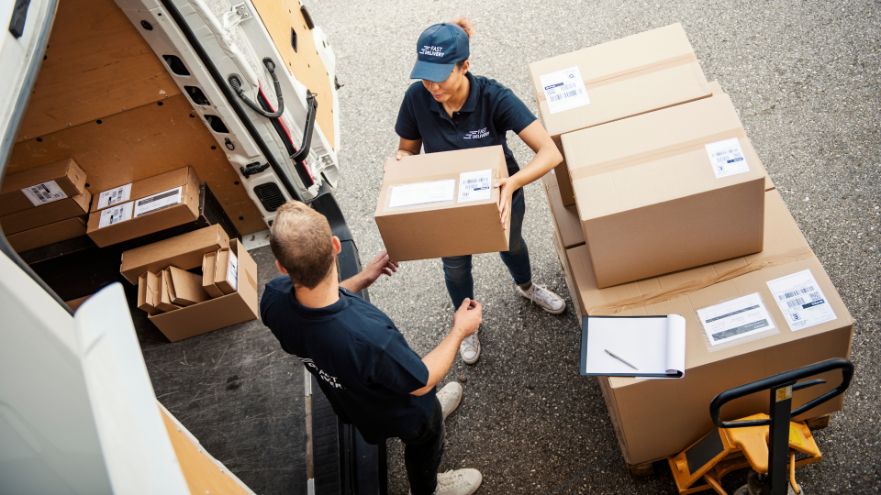
The benefits of this type of service are many and concern both the company and its customers.
On the one hand, customers are offered greater delivery flexibility, as they can choose to collect their parcel at the most convenient pick-up and drop-off point, at the time that suits them best. If home delivery does not match their needs, they have an alternative option, with the reassurance that their item will be stored safely.
On the other hand, the company enjoys greater flexibility in managing its logistics processes.
The main advantages for a company that chooses this type of service are:
- greater flexibility – there is no longer any need to allocate dedicated staff to wait on site for goods to be collected, as all shipments can be dropped off at a pick-up point at the most convenient time;
- cost reduction – the pick up and drop off service can reduce operating costs because logistics providers make a single stop to collect or deliver multiple parcels in one place, instead of collecting goods from each address or handling numerous individual deliveries;
- logistics optimisation – managing pick-up and drop-off points enables companies to improve and speed up their shipping processes;
- wider geographical coverage – the pick up and drop off service makes it possible to expand geographical coverage and reach more remote areas, increasing business opportunities and customer satisfaction;
- more B2B opportunities – the process of collecting and delivering large volumes of parcels becomes easier.
In short, the main benefit of the pick up and drop off service is that it offers an alternative. A wider range of shipping and delivery options translates into improved customer loyalty.
The goal is always to build a fast and efficient delivery logistics model, meeting customer needs while making shipping operations easier for the company.
We could say that this type of pick-up and delivery service is the evolution of the typical click & collect model used in ecommerce, helping to develop what we now call omnichannel retail.
In fact, ecommerce statistics are clear: today users no longer distinguish between physical shops and online stores, and they use different channels to search for a product, evaluate its features, decide on the purchase, and select the type of shipping service.
A company able to include pick up and drop off among its services is a future-oriented business that is not afraid of competition.
Corporate logistics management: how to implement the Pick Up and Drop Off service

To implement the pick up and drop off service in your company, you need proper planning of processes and resources. Here are the main steps to follow:
- carry out a market analysis;
- identify pick-up and drop-off points;
- implement the necessary technology;
- train staff;
- work with high-quality partners;
- maintain communication with customers;
- run tests for optimisation;
- monitor performance.
Let’s look at each of these.
- Market analysis. A crucial step to ensure there is genuine demand for this service and to assess whether it makes sense to implement it in the target geographical area.
- Identifying pick-up and drop-off points. Select strategic pick-up and drop-off locations that are easily accessible to customers and cover a wide geographical area (offices, partner shops, automatic lockers, etc.).
- Technology implementation. Acquire or develop the technology needed to support the service (tracking systems, delivery management software, mobile apps for customers). New technologies can be implemented at every level, from warehouse automation all the way to data security in logistics. Today, technology is embedded in every sector and this element cannot be overlooked if you want to offer an even more efficient and secure service.
- Staff training. Couriers, customer service staff, employees at pick-up and drop-off points – there are many roles involved, and their training is essential.
- Collaboration with quality partners. Where external pick-up and drop-off points are used, it is crucial to establish partnerships with reliable partners, defining agreements and procedures to ensure effective handling of goods.
- Customer communication. Informing customers about the introduction of the pick-up and drop-off logistics service through marketing campaigns, communications, and website updates is vital to promote the new service, provide instructions on how to use it, and explain its benefits.
- Testing and optimisation. Once the service is live, it is necessary to collect customer feedback to identify any issues and resolve them.
- Performance monitoring. Constantly monitoring the performance of a service or business area – for example by using KPI (Key Performance Indicators) – is the only way to improve that area. This makes it possible to assess customer satisfaction, delivery times, and profitability, and to make informed decisions.
Best practices for using the pick up and drop off service effectively
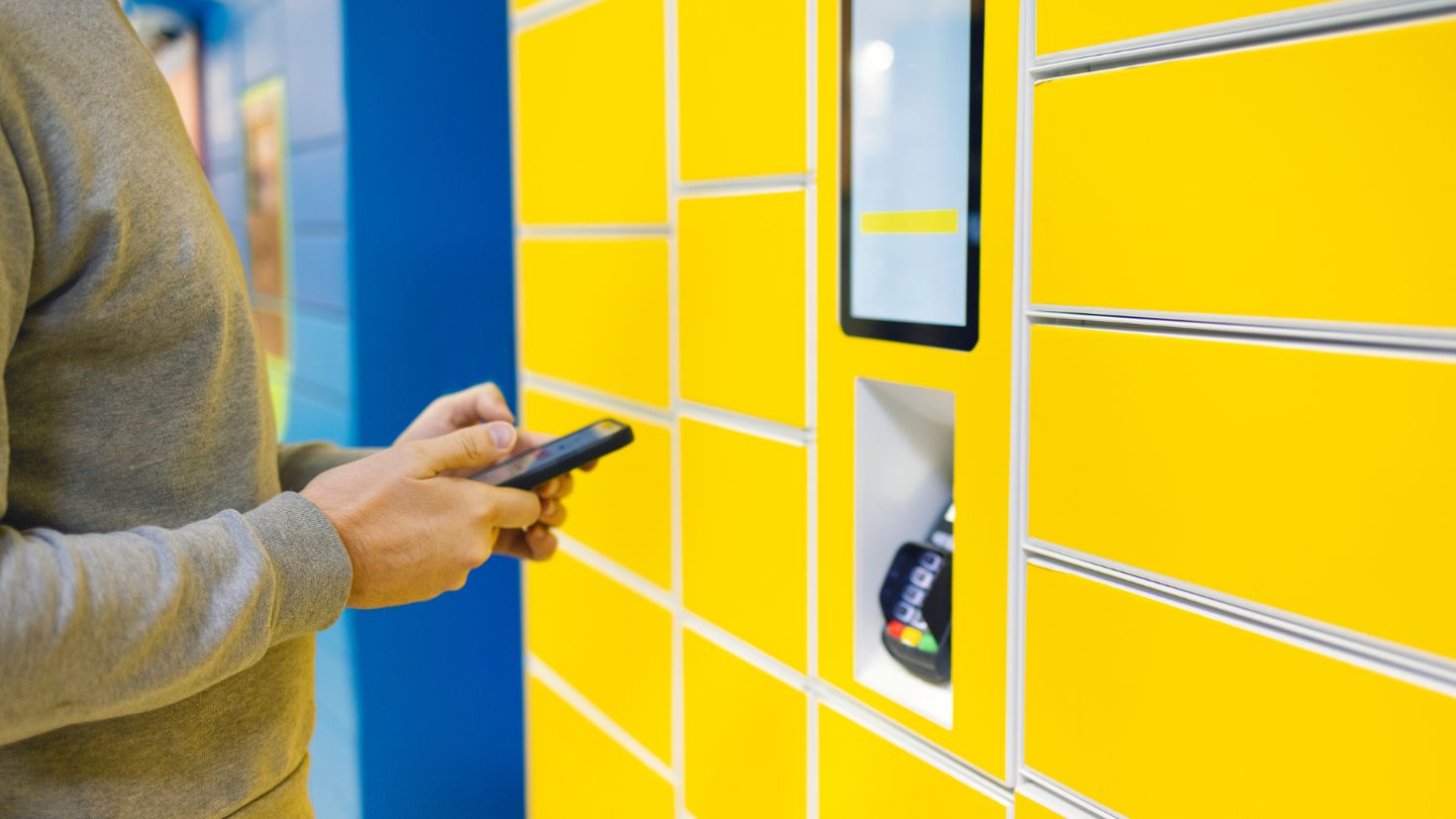
As mentioned at the beginning of this article, the shipping service can, at least in part, determine the success (or failure) of an online store. Therefore, once the service has been implemented, it is good practice to monitor its performance continuously to ensure a high quality standard is maintained. Here are some tips to help you achieve this.
- One of the actions you can take is to optimise delivery routes, for example by using route planning software for couriers.
- Another important aspect is the ability to meet delivery times. To do so, careful work planning is required, for instance by scheduling bookings in advance to ensure collection by the courier within the agreed timeframe.
- Selecting quality operators and maintaining a close and ongoing partnership helps identify potential areas for improvement and resolve issues promptly.
- Finally, supplier and customer feedback represents a major source of insight and should never be underestimated.
Logistics optimisation: how to make it more secure

Today, technologies for logistics management are increasingly advanced. The aim is to prevent theft (physical or digital) that could delay shipments.
For this reason, it is necessary to invest substantially in the security and traceability of shipments, whether traditional or based on the pick up and drop off model.
Logistics and artificial intelligence are more interconnected than ever. The ability to monitor every aspect of a shipment from a single screen is undoubtedly a major step forward in logistics optimisation, but it also introduces new risks.
Data security in logistics is essential to ensure a company can continue operating, keeping safe the personal data of customers and suppliers, as well as product and financial information.
Here are some useful tips to ensure this:
- Use advanced tracking technologies, for example by adopting GPS tracking systems or RFID (Radio Frequency Identification);
- Employ trusted staff for both Pick Up and Drop Off and ensure they are well trained and competent;
- Use secure and robust packaging – good packaging reduces the risk of accidental damage;
- Adopt advanced data protection systems for logistics (data encryption, multi-factor authentication, regular backups, etc.) to protect information against theft, cyber attacks, or simple human error;
- Work with reliable shipping partners – this will help ensure safe and punctual delivery. The ShippyPro carrier comparison map is a simple and immediate solution for selecting your preferred courier.
Future developments of the pick up and drop off service

We have seen how pick up and drop off make the collection and delivery service more efficient. They are in fact the solution to the OOH (Out Of Home) challenge that affects last-mile logistics, enabling companies to look to the future.
Offering different delivery options at checkout statistically increases the conversion rate. It is also worth noting that, according to a Frost & Sullivan study, 70% of global logistics spending forecast for 2020 was related to transport. Of this, 40% concerned last-mile logistics.
Offering an alternative to door-to-door deliveries enables companies to reduce the costs associated with this final leg.
Finally, a boom in the second-hand market has been forecast, which will further drive the C2C segment. Growth rates of 30% per year are expected by 2025, and 90% of this growth will be linked to OOH.
Transport companies will therefore increasingly seek to offer services of this kind to meet customer needs and follow emerging trends, while also reducing environmental impact.
Pick up and drop off: conclusions
The pick up and drop off service is an alternative to traditional door-to-door delivery, allowing companies and customers to choose the shipping method that best suits their needs.
The great advantage of this shipping method is the possibility of choice. Providing well-distributed pick-up and drop-off points across the territory means meeting customer expectations, helping them build a closer relationship with a brand that truly understands their needs.
At the same time, the company also benefits, adopting a faster delivery system, cutting costs, and reducing environmental impact. In short, an alternative solution that leaves everyone satisfied.
Pick up and drop off: frequently asked questions
What are the benefits for my company of using the pick up and drop off service?
Here are the main benefits enjoyed by companies that implement this service:
- greater flexibility – it is possible to deliver all shipments to a single pick-up point at the most convenient time;
- cost reduction – logistics providers make a single stop to collect or deliver several parcels in one place;
- logistics optimisation – shipments are faster and more efficient;
- wider geographical coverage – the pick up and drop off service makes it possible to expand territorial coverage;
- more B2B opportunities – simplifying the delivery and collection of large parcels and bulk shipments.
How can I implement the pick up and drop off service in my company?
Here are the main steps to take in order to implement the service in your company:
- market analysis and assessment of whether the service can be implemented in the target geographical area;
- identification of strategic pick-up and drop-off points that cover a wide area and are easily accessible to customers;
- implementation of technology (tracking systems, delivery management software, mobile applications for customers);
- staff training – there are several roles involved and their training is crucial;
- collaboration with partners, defining agreements and procedures;
- communication with customers to promote the new service, provide instructions on how to use it, and explain its benefits;
- testing and optimisation, collecting feedback to identify and resolve any issues;
- performance monitoring, for instance through KPI (Key Performance Indicators).
What options are available for pick-up and drop-off points in the pick up and drop off service?
Here are the available options for pick-up and drop-off points:
- partner shops such as tobacconists, newsagents, post offices, bars, various retail outlets, supermarkets, or service stations;
- lockers located in public places such as stations or shopping centres, where goods can be collected or deposited using an access code;
- specific pick-up points – in some cases the courier may agree with the customer on a particular meeting point, such as a car park or clearly identifiable area;
- courier collection centres – local offices or branches where companies and customers can drop off or collect goods.
How can I guarantee the security of shipments when using the pick up and drop off service?
To ensure the security of shipments with this service, you can follow a series of best practices:
- staff training so that all employees are familiar with security procedures;
- advanced tracking systems, such as GPS or RFID (Radio-Frequency Identification), to monitor parcel locations in real time during transport;
- secure packaging to protect parcel contents during transit;
- deployment of surveillance systems in pick up and drop off areas, where possible, to monitor operations and deter potential theft;
- secure transport, by partnering with reliable carriers.
How can I monitor parcel journeys during the pick up and drop off process?
To track parcel journeys, you can use traceability technologies such as GPS or RFID (Radio-Frequency Identification) and dedicated software to manage shipments. It is essential to work with couriers that offer tracking systems using codes and automatic notifications.
Are there weight or size limits for parcels I can send via the pick up and drop off service?
Weight and size limits for parcels are usually stated on the carrier’s website and may vary depending on the courier you work with. In general, parcel weight ranges from 30 kg to 70 kg.
ShippyPro is the complete shipping software for online and offline retail. With Label Creator, Track & Trace, Easy Return and Analytics features, our software simplifies your shipping operations. ShippyPro integrates with over 180 carriers and 80 sales channels, making it compatible with a wide range of products and use cases.







